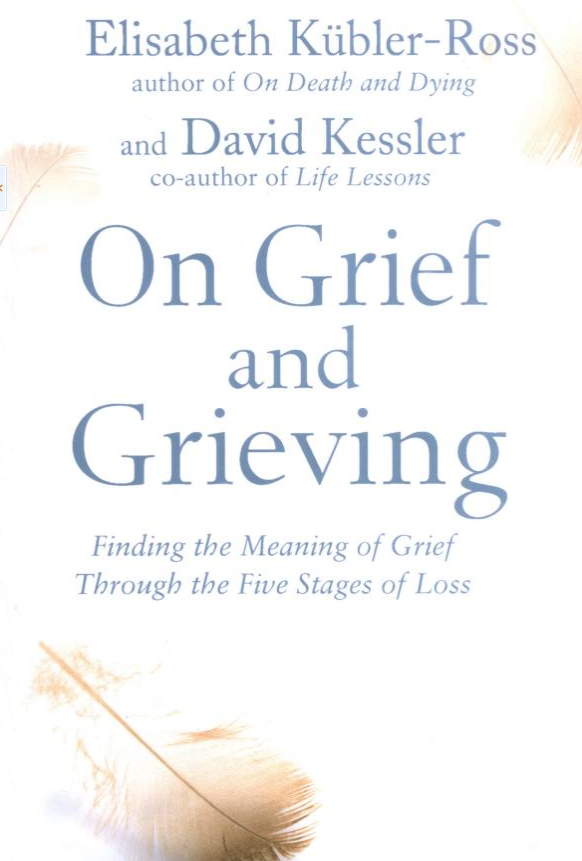
Let’s face it – we all do it from time to time: calling ourselves names like ‘I’m an idiot’ or ‘silly me’. Changing your negative self-talk is not just a simple cure but a continuous change of habits. Here are some suggestions on what else you could say to yourself.
Where is your self-respect?
We all make silly mistakes, that’s not the issue. The problems start when we examine our own reactions to ourselves. Many people are really harsh with themselves, cursing themselves in a way they would never talk to anyone else they respect.
Changing the way you talk to yourself
When thinking about changing your thoughts, one technique has helped many of my clients to get out of their righteous minds: Think about a child that you have an emotional attachment to, maybe it is your 5-year-old niece or your 3-year-old grandson. Think about what you would say to him or her if something comparable just happened.
Here are some examples or reframes:
Inner self-talk: You are an idiot!
Reframe: Don’t worry, it’s ok. Let’s be careful next time.
Ok, darling, you are a bright girl (or boy), you just need to slow down and keep practicing.
Inner self-talk: You are so clumsy!
Reframe: It’s all right. It’s not a problem. It can be replaced, repaired or fixed. It is not an arm or a leg.
Inner self-talk: You stupid person!
Reframe: Sweetheart, just be careful. It is ok. We can fix it. We will make it better next time.
Inner self-talk: How can you be so dumb?
Reframe: Just focus on what you are doing and concentrate. Take it easy. Be kind to yourself and have patience. We will learn this one step at a time.
Inner self-talk: You are a loser!
Reframe: You didn’t make it this time but next time we will try again. Just like Thomas Edison said when he came up with the light bulb: One more experiment that didn’t work out, next time it will.
Inner self-talk: You are such a silly girl!
Reframe: Come on now, it is ok. Every human has moments of not being present. That is how we totally miss things. This is ok because it just makes us more aware for next time.
Inner self-talk: I hate you!
Reframe: Now let’s be nice to ourselves. I’ve seen you do lots of things that are very good and right now you are just a bit angry. This will pass too. Take a few deep breaths.
Remember: In reframing, we are not changing the situation or neglecting responsibility for a mistake but we change the way we look at ourselves and therefore have access to more supportive ways to deal with the situation. Give it a go!





